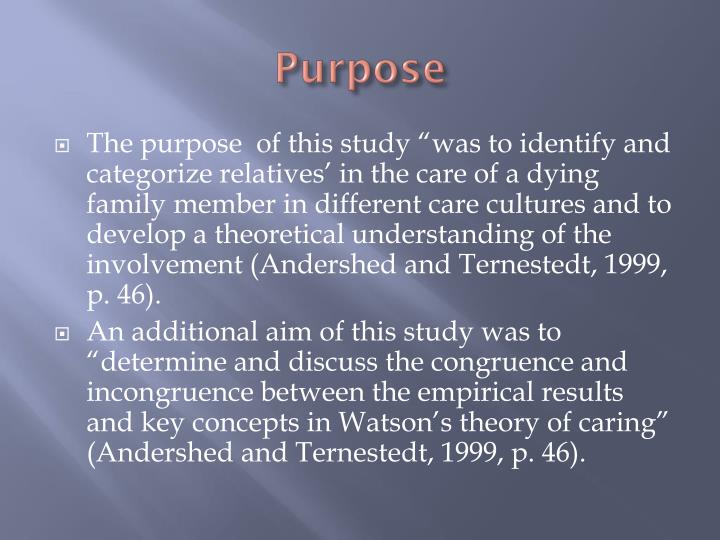

Ochsner did not answer ProPublica’s questions about families feeling pressured into hospice. It hurt enough for Johnson’s children to lose her, but then, there was what her medical records revealed: That the decision to recommend hospice was influenced by a doctor’s questionable speculation on her mental capacity that on the day she was discharged home, her kidneys had improved to the point that she was no longer in renal failure that with additional treatment, according to one expert who reviewed her case for ProPublica, she probably could have survived.Įven though Johnson’s son signed a waiver permitting Ochsner to discuss her treatment with ProPublica, officials did not respond to questions about her care, stating they do “not believe that, ethically or legally, a waiver by a family member of these protections on behalf of a deceased patient equate to our ability to speak freely to the general public about the patient’s care.” At least two relatives got sick, after being denied the proper protective gear. Some family members felt that their loved ones suffered without hospice workers at their side to manage their pain and navigate their complex symptoms. Three families said they were told that there wasn’t enough space to continue treating the patient in the hospital, or that the hospital needed the bed for another patient. The families of eight patients, as young as 69, told ProPublica that Ochsner staff pressured them into accepting hospice care for their loved ones who had COVID-19, even as some questioned or pushed back against the suggestion. The vast majority came from Ochsner Health, the largest hospital network in Louisiana, which treated 60% of the region’s critically ill coronavirus patients.

The interviews revealed a striking pattern: Before they died, about two dozen patients first sought care at a hospital, which then discharged them, in many cases sending them home to die with hospice care. Reporters attempted to contact the families of everyone who died at home there.

Nationally, coronavirus patients aged 85 and older died at home only 4% of the time, according to data from the Centers for Disease Control and Prevention local coroner records show that in New Orleans, it was 17%. The city’s death statistics reveal an aberration, ProPublica found. But during the pandemic, when hospice companies were limiting in-person visits, Johnson’s family was left to spend her last days alone with her, watching her moan, convinced she was in pain. Under normal conditions, hospice workers make frequent face-to-face visits, especially in a patient’s final days. In that moment, Ochsner made a decision in stark contrast to those made by other hospitals in COVID-19 hot spots across the country: At a time when relatives were being kept away from their sick loved ones to prevent the spread of a contagious and deadly virus, Ochsner sent infected patients back into communities to die at home, and be cared for by untrained family members without the proper protective equipment. “They said hospice will be there to make sure she’s comfortable.” “They told us we couldn’t see her, and that maybe contributed to our decision to bring her home,” he said. Their mother was breathing on her own, but her kidneys were failing. When he and his siblings received a call from the hospital only 23 hours after she was admitted, informing them there was nothing more doctors could do, they were devastated. Nor could he speak up for his mother when a doctor asked her questions she couldn’t answer. He couldn’t see how stretched the hospital was in mid-April, as the coronavirus surged through the city and flooded its intensive care unit to capacity. Email address This site is protected by reCAPTCHA and the Google Privacy Policy and Terms of Service apply.


 0 kommentar(er)
0 kommentar(er)
